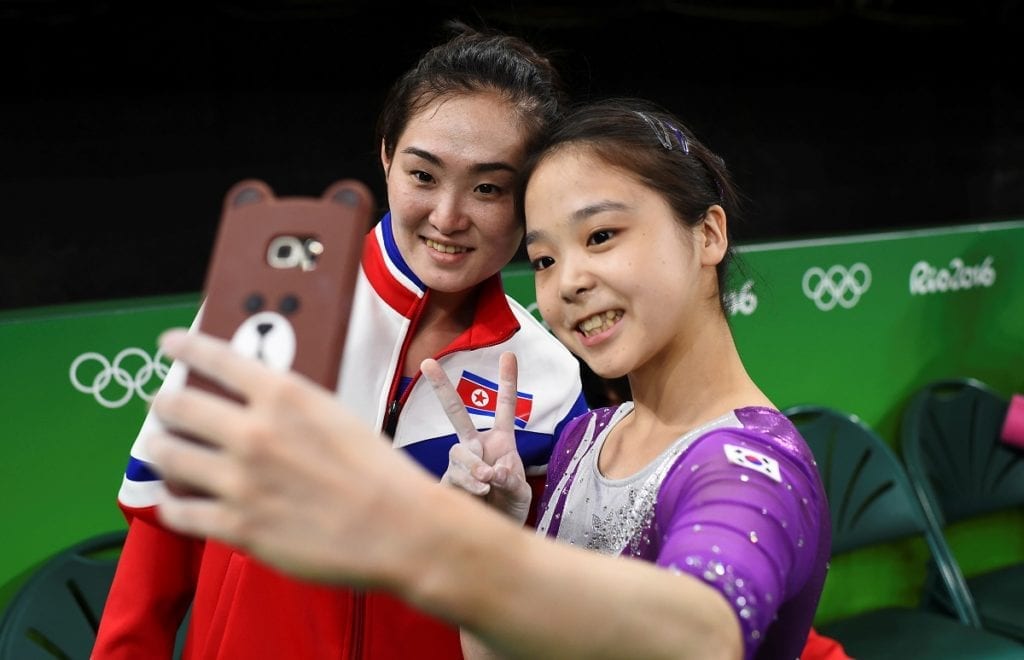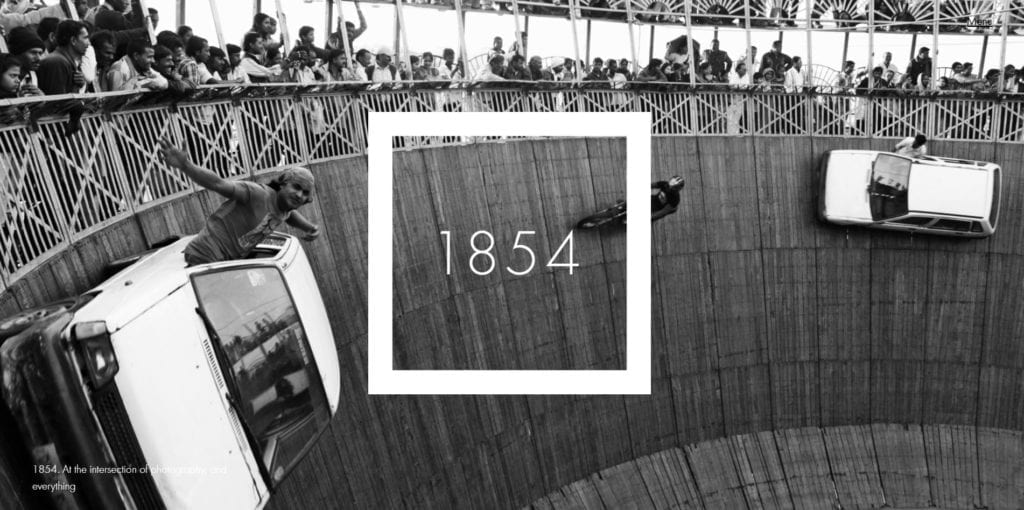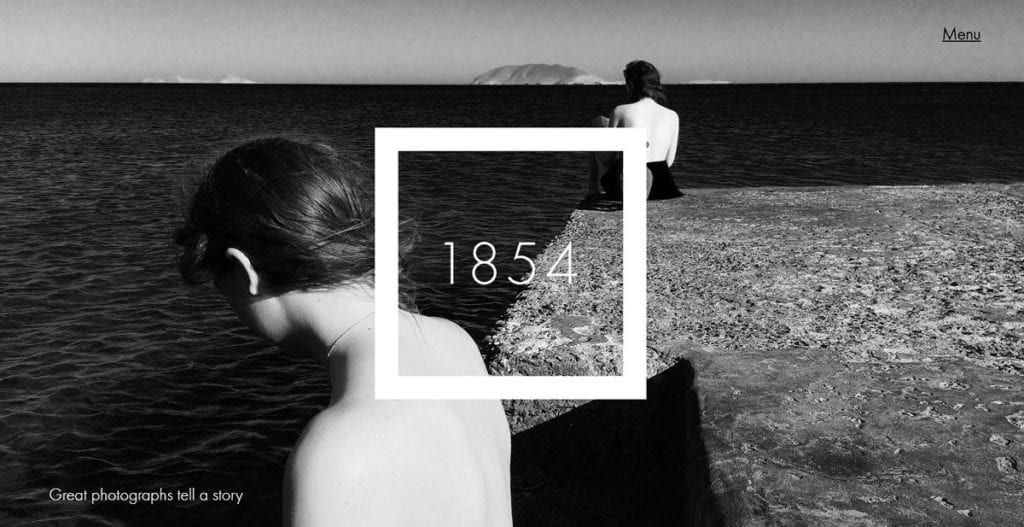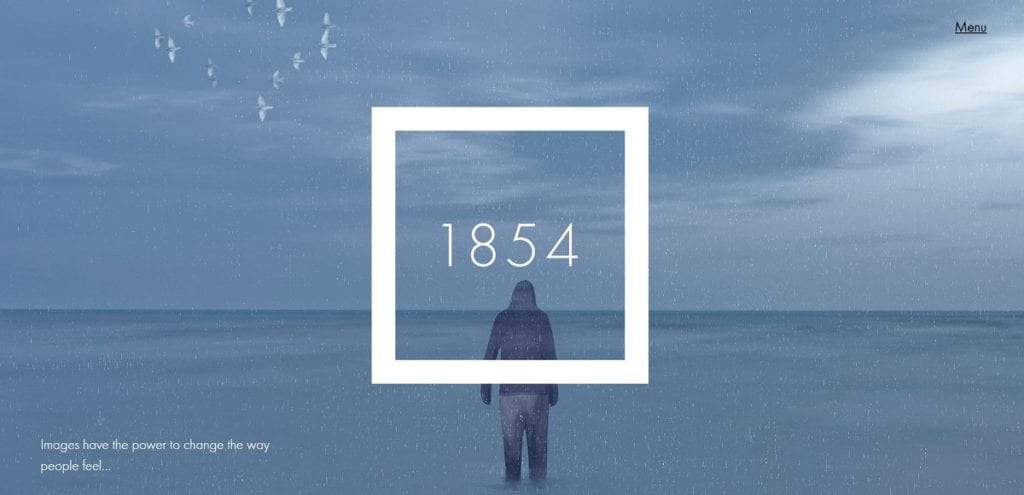Last August, at the 2016 Rio Olympic games, gymnasts Lee Eun-Ju, 17, of South Korea, and Hong Un Jong, 27, of North Korea, took a selfie together.
A passerby captured the moment on his camera, before tweeting it. The image spread across the world with incredible speed, gaining 18,000 retweets in a matter of hours. In a split second, a simple image of two young, smiling women said something larger and more resonant than thousands of column inches. It made the threats and counter threats of their nation’s leaders, at a time of unprecedented tension in the Korean peninsula, look faintly ludicrous.

The sheer scale and speed with which these images – and many more – have spread across the world is deeply instructive. We are witnessing a new era in photography, one that demonstrates the incomparable ability of images to instantaneously communicate a message, or tell a story, to vast audiences.
The extraordinary organic reaction to such iconic photographs has forced the media and advertising industries to take note. The summer of 2016 saw digital overtake television to become the single most important advertising channel in terms of spend. The speed with which this shift has taken place is head-spinning. By 2019, digital will account for more than 50 per cent of all global advertising spend.

As the viral nature of photography demonstrates, this is in fact a great era of opportunity for people who understand visual language, and are able to deploy and harness that capability in the online space.
In short, this new era of advertising is perfectly suited to creators and publishers of photography-related content. It’s something the British Journal of Photography is excellently placed to take advantage of, as we’ve been publishing since 1854. That’s why Apptitude Media, BJP’s publisher, has decided to rebrand as 1854 Media, and launch the Studio 1854 agency.

“Our rebrand to 1854 Media is more than just a name change. Becoming 1854 Media and launching Studio 1854 represents a total repositioning of our business, which has morphed from a photography publication that helps brands create visual content, into a visual content business which publishes a photography title.”
British Journal of Photography is the world’s longest-running and most influential photography title, having earned its respected position over 163 years of publishing. When the title emerged in those early Victorian times, it attracted figures like Sir Arthur Conan Doyle and George Bernard Shaw to its pages, and intimately charted the early evolution of the world’s most accessible medium.
Over a century and a half later, BJP was one of many publications owned by multinational media company Incisive Media. But in 2013, the magazine went independent, reinventing itself from a weekly industry-focused magazine to a monthly celebration of the best new international photography.
“Since its inception, BJP has created and optimised image-led content,” says 1854 Media’s head of commercial Pax Zoega. “Through that process, we’ve been able to develop a deep understanding of exactly what sort of photography and editorial content engages a visually aware audience. This incredible knowledge base puts 1854 Media in an amazing position to help brands use visual language more effectively.”
“It’s in 1854 Media’s DNA to discover, curate and share groundbreaking photography through our print, digital and live channels. Plenty of creative agencies offer digital marketing expertise. 1854 Creative offers that too, but we also bring a level of content expertise that’s impossible to replicate without having lived and breathed that process every day for many years.”
“If you’re a brand looking to tell your story through photography, and you want that story to reach a huge digital audience, then working with the world’s oldest publisher specialising in visual content, and one of the most respected, seems a good place to begin. Start by reading our Manifesto. If you feel inspired, let’s talk!”

